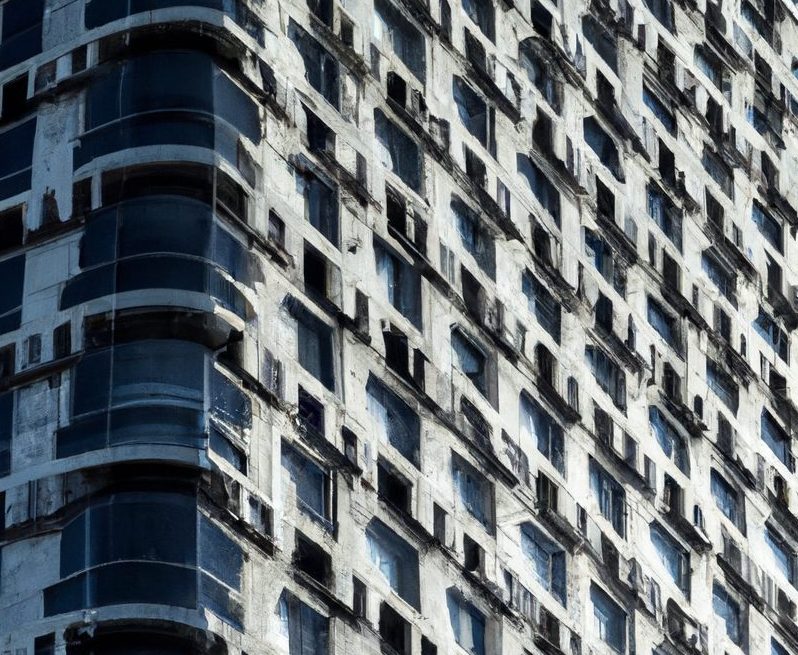Translating ChatGPT to Midjourney for early design thinking

By now, most of us have been exposed to the rapid rise of artificial intelligence. Since the November 2022 launch of ChatGPT from U.S.-based artificial intelligence research company OpenAI, the subject has inundated mainstream media with opinions from everyday users, designers, and even “congressmen who code.” For those unfamiliar, the titular GPT is an acronym for “Generative Pre-Trained Transformer,” which leverages deep learning to provide real-time, human-like responses in text-based conversations; essentially, a sentient form of instant messaging.
The extent of ChatGPT capabilities have been astonishing, to say the least, as echoed by thousands across the internet. For architecture, the profession has been thrust unwillingly into a crossroads debating the optimal use of such software in the real-world capacity of designing and constructing buildings. Thus, advanced AI saturates the air with familiar feelings of existential dread, confusion, and excitement as it stands on the precipice of becoming either the next great leap forward or the final nail in the coffin for the ever-deliberate “hand of the architect.”
With the future of my livelihood in the balance, I sought to face ChatGPT head-on and took the opportunity to test its abilities firsthand through a research grant awarded to me by my firm Hickok Cole. The results are more nuanced than initially expected.
What began as exploring a “fad” evolved into an unexpected display of competence and creativity. My takeaway was not so much a frightful panic that automation might render my role obsolete, nor had I found a free and convenient means of cutting corners; rather, I signed off with a creative burst of new ideas and a fresh perspective. ChatGPT didn’t tell me what was right or wrong, nor incept its own miraculous notions of design from scratch. It certainly cannot build a building or present inspiring designs—yet. ChatGPT simply scoured the internet for references, research, and proofs-of-concept to point me in various directions, compounding on previous discourse to build a layered process of iterative design suggestions.
Read the full story on The Architect’s Newspaper, here.
